Thomas Besford was the son of David Besford and Mary Besford (née Turnbull). Thomas was born on 8th November 1899 at Chevington Crescent, Northumberland.
Thomas was known to his family as Tommy or Tom.
The 1901 census records Thomas at one year old living with his parents and siblings at Swarland Terrace, East Chevington, Northumberland.
Ten years later, the 1911 census records Thomas aged 11 and living with his parents and family at 116 Pont Street, Hirst, Ashington, Northumberland. He would still have been at school at this point. By 1913 he would have been working underground at Woodhorn Colliery, Ashington, almost certainly as a driver lad, using a pit pony to take full tubs of coal to the bottom of the pit shaft ready to be taken up to the surface, then taking empty tubs back the way he had come.
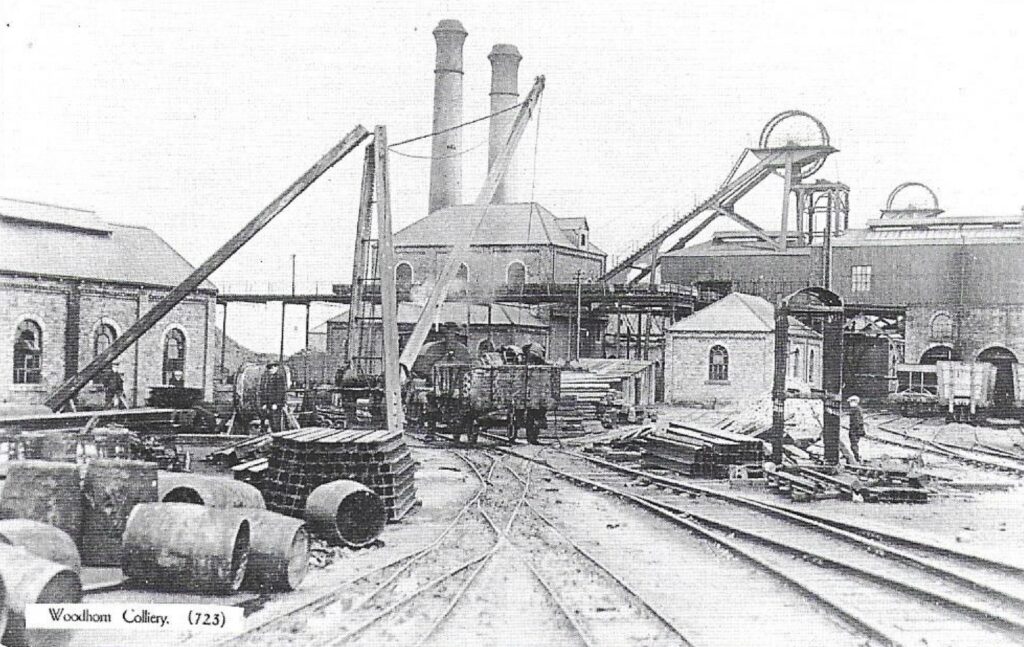
From Northumberland Collieries on Old Picture Postcards published by Reflections of a Bygone Age. © George Nairn
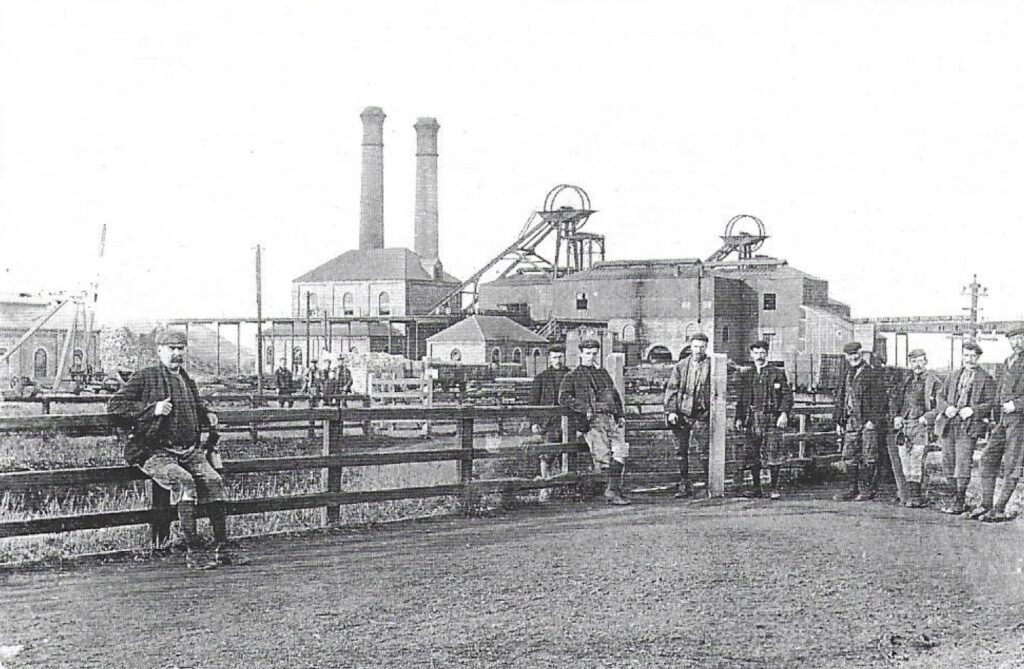
From Northumberland Collieries on Old Picture Postcards published by Reflections of a Bygone Age. © George Nairn
Life in Northumberland
The 1921 census records Tommy aged 21 and by now the eldest son still living at home with his parents. This was now at 72 Milburn Road, Ashington. The household consisted of eight people at this point; Tommy’s father David Besford (57), his mother Mary Besford (née Turnbull) aged 56 (temporarily absent when the census was taken as she was in a convalescent home in Gilsland, Cumbria), his younger brother Alec Besford (19), his sisters Daisy (now 26 and Daisy Lyons) and Janet (18). Also living with the family were Daisy’s husband William Lyons (27) and their daughter (Tommy’s niece) Mary Lyons aged 2.
Tommy was working at Woodhorn Colliery as a putter in 1921. He would almost certainly have been doing this job for a few years by then. This would have entailed pushing full tubs of coal from the coal face to the point where they were hitched up to a pit pony. He would then have taken empty tubs back to the coal face for the Hewers to fill. Tommy would have graduated to the job of hewer pretty soon after this.
Tommy married Margaret Alice Dodds on Saturday, 11th April 1925. He was 25 and Alice (as she was always known) was 23. Alice was the daughter of Thomas Dodds, a coal miner of 13, 7th Row, Ashington. They were married at Ashington Parish Church.
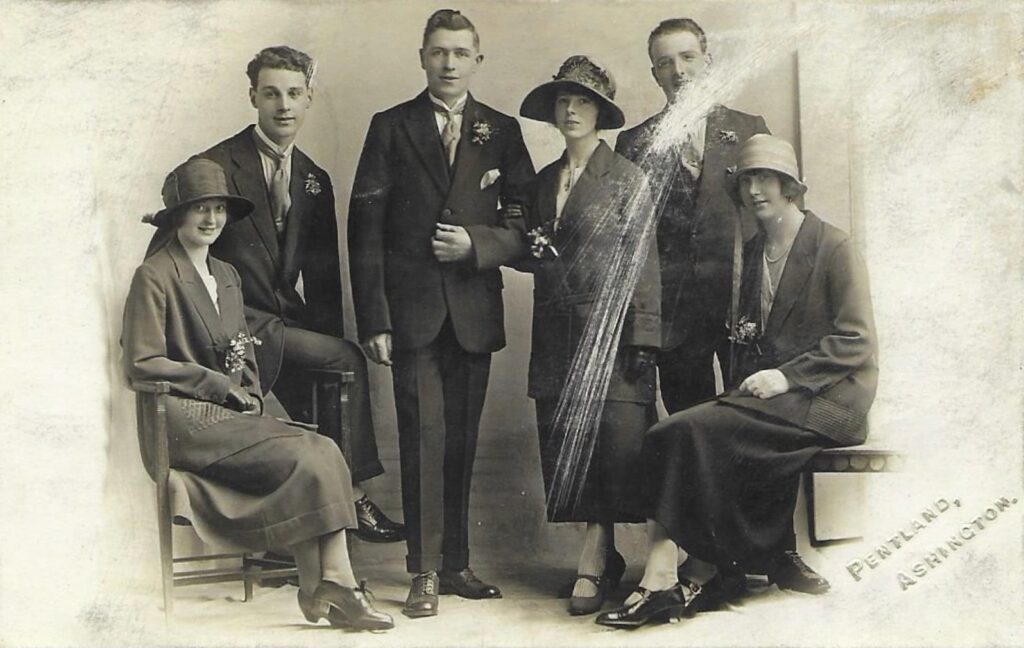
Six months later, Tommy’s elder brother David emigrated to Australia with his wife Rhoda and children Edward (Ted), Rhoda and Irene. A little under three years later Tommy and Alice would join them down under, but not before they had first moved to Kent.
Tommy and Alice’s first child, Alfred (known as Alf) was born on 26th March 1926 at 312 Sycamore Street, Ashington, where Tommy and Alice were living.
Relocation to Kent
In 1926 the UK’s 1.2 million miners were faced by the coal owners with wage reductions and increased working hours. The Miners Federation of Great Britain (MFGB) refused to accept this and as a result on 1st May the miners were locked out by the coal owners. A bitter dispute ensued, with, briefly, a General Strike taking place (4-12 May 1926) in support of the miners. After this ended the miners were left to fight on alone and held out until November when they called off the dispute and had to accept the coal owners’ terms. In the aftermath of the 1926 lock-out, the number of miners who were in work plummeted as men were laid off. In 1925 Woodhorn Colliery had employed 2,437 men, but by 1930 the number had shrunk to 1,400. At Ashington Colliery the numbers had dropped during the same 5 year period from 4,689 to 3,492. On top of this, the miners still working had had to take a cut in pay and an increase in their hours. These circumstances led to Tommy and Alice moving to Kent where Tommy worked at Snowdown Colliery. His younger brother Alec accompanied him. Snowdown was an exception in that it had been mothballed in 1922 but had reopened under new ownership and was being developed and was actively recruiting miners.
The Kent coalfield was actually the same coalfield as that in northern France, centred around Lens and Valenciennes, as it extended under the English Channel. Snowdown Colliery, located near the main Dover to Canterbury railway line, was the deepest colliery in Kent, having been sunk to a depth of well over 3,000 feet (915 metres). It was also the hottest and most humid pit in Britain, given the name “Dante’s Inferno” by the men who worked there. Tommy himself in later life said “Kent was called the Garden of England above ground, but underground it was hell on earth”. Most miners at Snowdown resorted to working naked because of the conditions. Men would regularly consume around 24 pints (14 litres) of water during an eight-hour shift. Cases of heatstroke were frequent. In the light of these working conditions, and the wages and hours following the miners’ defeat in 1926, it is perhaps not surprising that Tommy and Alice took the decision to join his brother David and family in Australia.
The final deciding factor for Tommy was evidently his involvement in an accident at Snowdown Colliery. He related the incident to a newspaper reporter after a brief biography of him appeared in a book “Rediscovering Labour”.
It was winter and tons of ice which had frozen at the top of the pit were dislodged and crashed 3,000 feet down the shaft and onto the pit cage which Tommy and several other miners were in the process of vacating. Tommy recalled that they had to race along a tunnel as the ice crashed down and then made their way up an escape shaft using a skeleton cage which was not secured with skids. The cage began to swing violently on the 3,000 feet journey to the top and once out of the shaft the cage tilted, throwing the screaming miners to one side. Tommy remembered that the Winding Engine Man then panicked and released the brake, allowing the cage filled with miners to plummet back down the escape shaft before eventually being brought to a savage stop when the brake was reapplied. The men were then wound up again but slowly this time. Tommy suffered a broken foot.


Departure to Australia
On 21st July 1928 Tommy (28), Alice (26) and Alf (2) embarked from the Port of London for Australia on board the RMS Orama, an 11,942 ton vessel of the Orient line. Their journey took 35 days. The passenger list for the voyage shows their last address in the UK as 9 South Avenue, Snowdown, nr. Nonington, Dover, Kent. I know from my mother, Tommy and Alice’s niece, Dorothy Jane Besford (who was 12 years old at the time) that Tommy and Alice came back up from Kent to Ashington to see their family before departing for Australia. My mother, Dora Besford, could remember her grandmother (Tommy’s mother Mary Besford (née Turnbull)) saying “I’ll never see them again” as the family watched their train pull away from Ashington station.
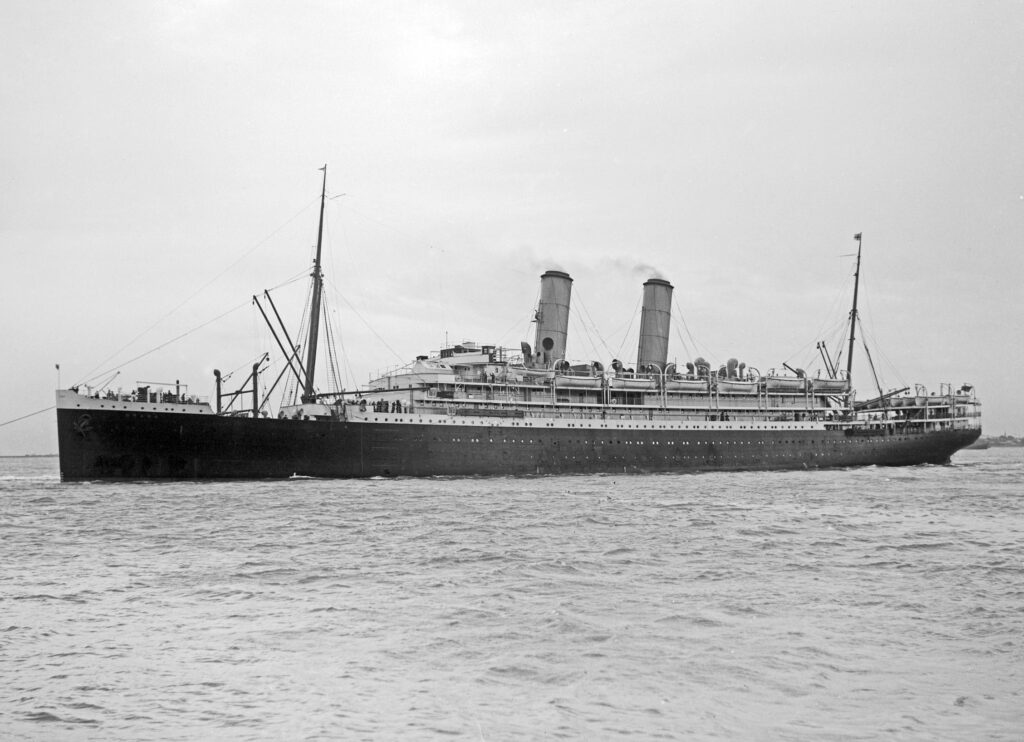
Tommy and Alice lived initially with Tommy’s brother David and wife Rhoda and their family. The two families remained close and lived as neighbours in Wonthaggi, Victoria, where Tommy worked as a miner, and David as a mines inspector. The 1939 electoral register for Wonthaggi lists Tommy and Alice at 24 Toorak Street and David and Rhoda at 26 Toorak Street. They ended up living a lot farther apart when David left his job in Victoria to take up employment in Tasmania in October 1943.
Tommy and Alice raised their family in Wonthaggi, and Alf was joined by Mary, Ronald and David.

The Wonthaggi mine was owned by the State of Victoria. It was one of the largest and most dangerous mines in Australia. At its peak it produced well over 2,000 tons of coal per day. It was also one of the hottest mines so in this respect Tommy had jumped out of the Kent frying pan and into the Wonthaggi fire.
Like his elder brother John William (Jack) Besford in England, Tommy was active in the miners’ union and Labour Party in Australia. He was presented with an award for long service in the party at a Labour conference and in accepting this spoke of the need for party unity.
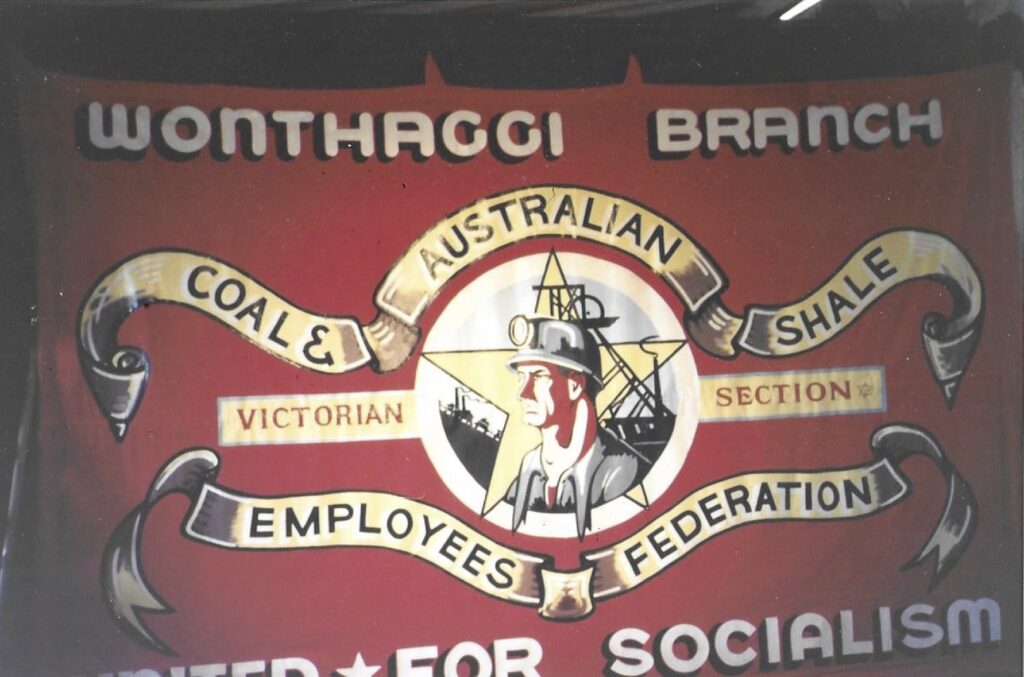

Tommy worked in the mine at Wonthaggi until his retirement. The mine itself was closed in 1968.
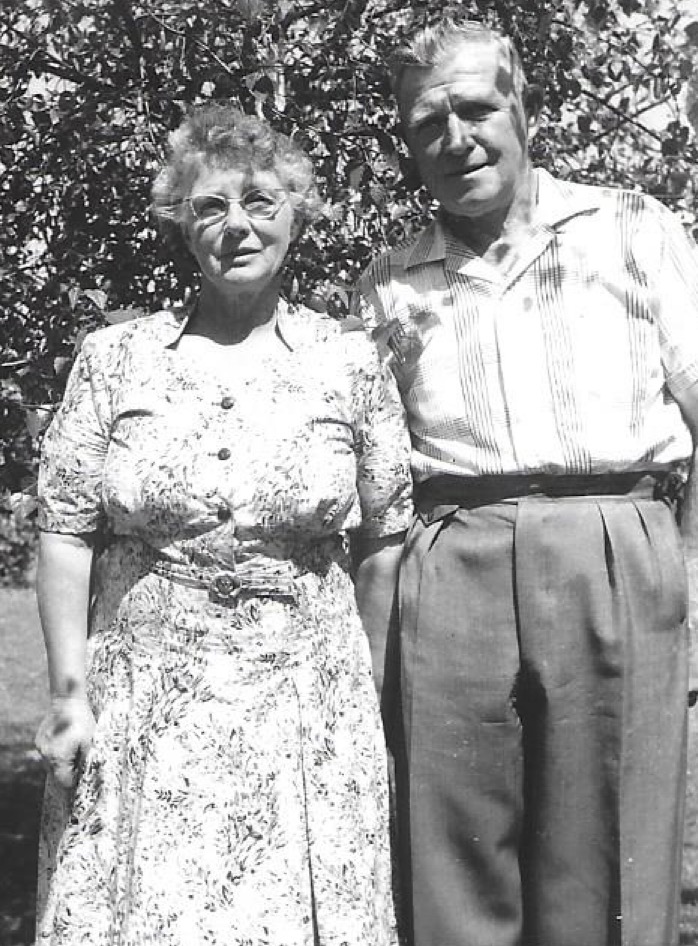
Return visit to the UK
In 1970 Tommy and Alice returned to the UK, sailing from Melbourne to Southampton, and came back to the north east to visit family during that August. Their journey time on board the TSS Fairstar was one month each way, so they spent two months at sea.
Whilst visiting, Tommy took in a match at St. James’s Park and saw Newcastle United beat Wolves 3-2. He was accompanied by his great-nephew Alan Besford, who remembers Tommy going onto the pitch at the end of the game and removing a small piece of the St. James’ Park turf to take back to Australia!

Tommy’s long association with the Wonthaggi mine was not over. The mine became a tourist attraction and Tommy worked there in retirement as a guide. I remember him from his visit in 1970 and my recollection is that he was full of good humour with lots of stories to tell. I imagine that he would have been a very entertaining and informative guide.



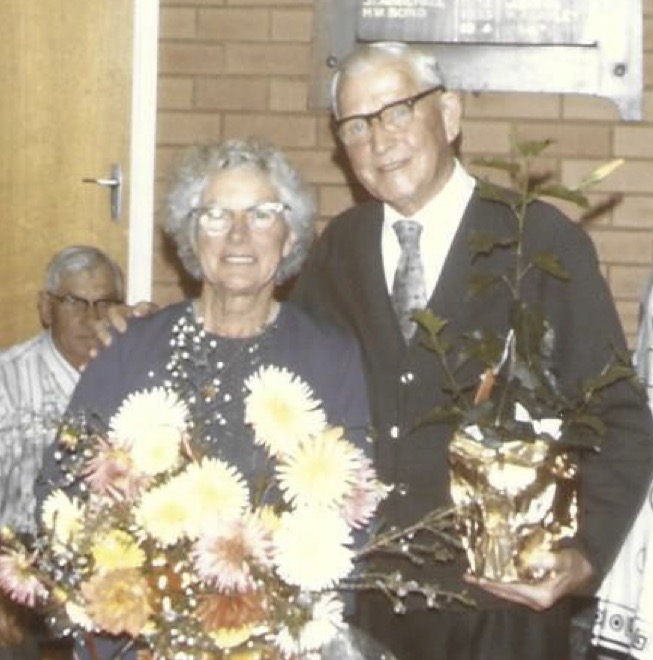
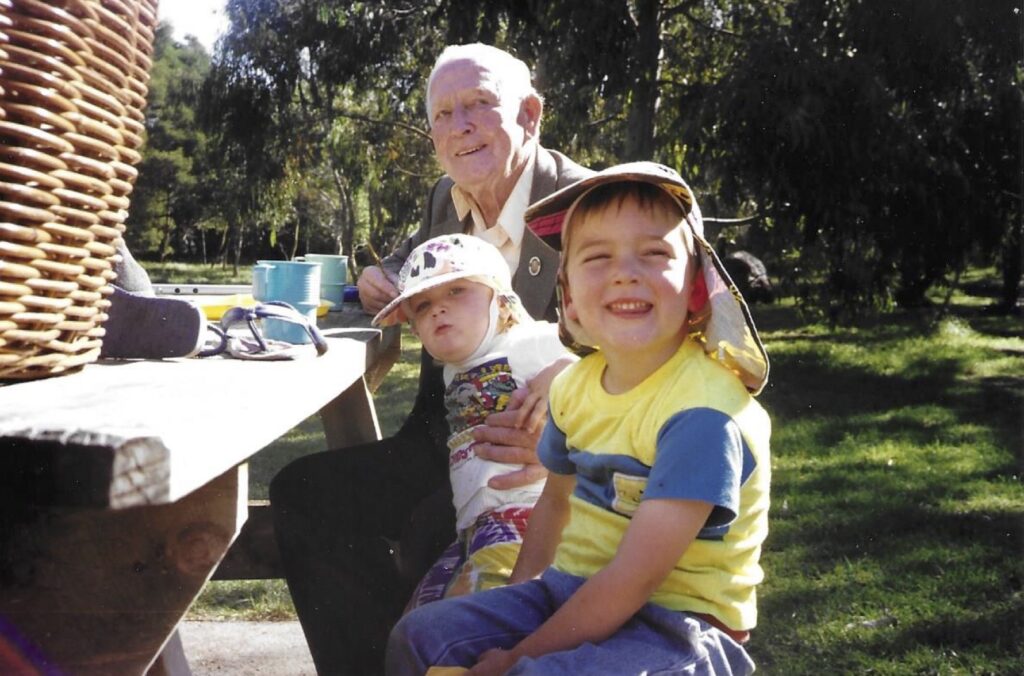
Note the lapel badge Tommy is wearing.

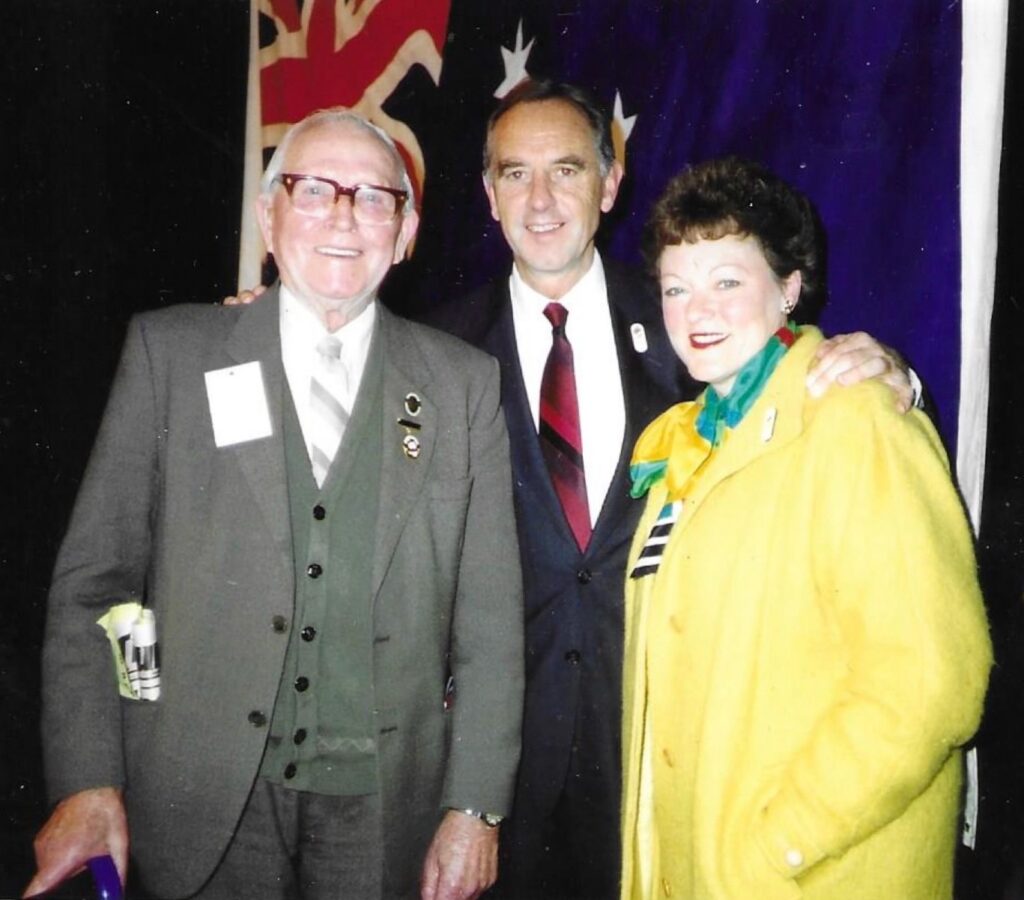
Tommy is with the then Premier of Victoria, John Cain, and his wife.

Tommy’s wife Alice died on 14th October 1986, aged 85.
Tommy himself died on 19th June 1994, aged 94.
They are both buried at Wonthaggi Cemetery.
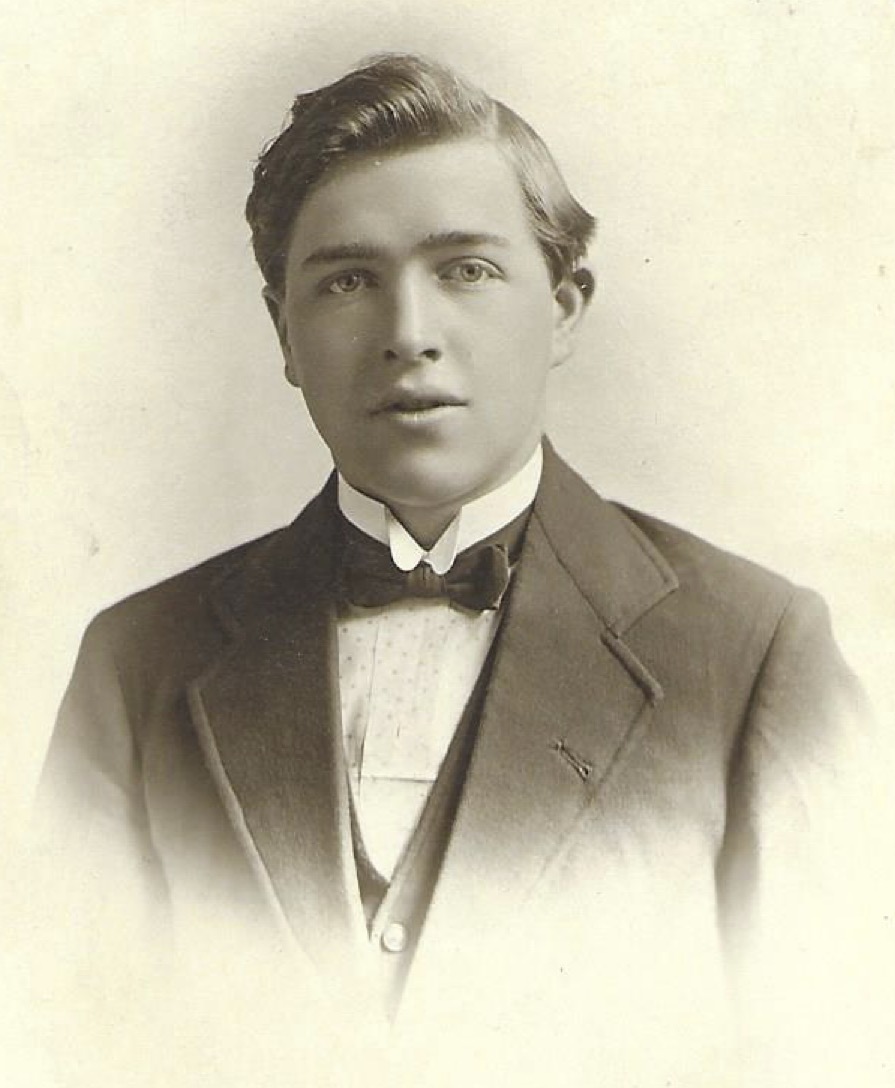
3 responses to “Thomas Besford (1899-1994)”
Hi John, I’m not sure if this will be read. I am Mary Besford’s daughter (grandfather was Alec Sanderson Besford). It’s been so amazing to find their history here. I had long been looking for my Great Grandmother, Mary Besford and finally tracked her down two days ago. We lived all over the country and abroad as my father was in the RAF so have many gaps in my family knowledge. You have filled several of them in. Thank you so much.
Elaine
Hi
I am Alf’s daughter Wendy, now living in the UK, but recall as a toddler, living in Wonthaggi and my Mum said how Alice used to always give Tommy such a warm hug as he left for work in the mines each day as she never knew if he would come back as it was such a dangerous industry.
Tommy had 3 sons Alf, Ronald and David and a daughter Mary. Ronald married Joyce Watson in 1949, in Wonthaggi, Victoria. I am Ronald’s eldest son Robert John Besford, born 6th October 1950. I had 3 brothers Roddy (died at 6 months), Paul Ronald and Kevin William (Also deceased 2016). Ronald “Ron” Besford and Joyce “Joy” Besford adopted 2 daughters Jennifer Joy Besford (now Schofield) 1964 and Rebecca Mary 1965. Ron Besford joined the Australian Navy before he was married and served on the HMAS Melbourne, as a stoker, just as the 2nd war ended, he saw no active service. After he was discharged from the Navy, he and Joy’s brother became taxi drivers in Melbourne. After I was born he took up night school and an apprenticeship as a carpenter. Once qualified he was employed by a building company in the east of Melbourne, “Croydon Building Company”. After working for the company for many years he bought the company and ran it successfully for 35+ years. Later in life he became an Arbitrator for the Institute of Arbitrators, specialising in Building disputes. He did this for a further 15 years finally retiring to look after his wife Joy who needed fulltime care up until she passed away in 2011. I will post some more as time permits. Cheers for now
Robert John Besford